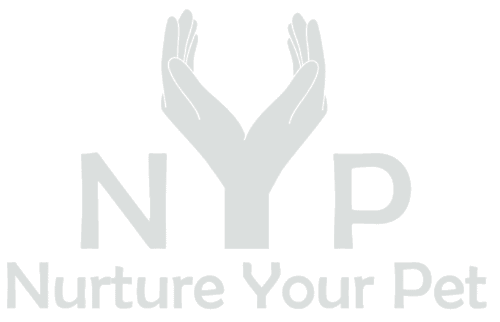Is your dog acting nervous or anxious? And obviously, you hate to see your dog stressed out or sad? For that reason, keep reading our special post on How to Calm an Anxious Dog.
Just like people, most of the dogs suffer from anxiety. But, unfortunately, dogs cannot show their anxiety in spoken ways as we do. So, it is up to you as a loyal dog owner to notice and respond equally to help your dog calm down. In this text, we have written some tips on how to calm an anxious dog. Make sure to lay in some cozy bed with your dog by your side, and enjoy reading this article. So, let’s take a look.
Every dog reacts to stressful situations and shows his anxiety physically and behaviorally. Physically, your dog may expose as bouncing, licking or breathing. Behaviorally, an anxiety dog might also pee, extremely lick/bite himself or even more try to escape.
Note: Keep in mind that it is always a good idea to consult with your vet about your dog medical problems.
Read bellow three simple ways that will help take away some of the anxiety from your dog.
Distraction Method
Every dog reacts to stressful states and shows his anxiety. Firstly, when we speak about ways to calm an anxious puppy is a distraction. You can use this method when you want to use a distraction to turn your dog's attention from what is giving him nervousness to something else. A classic example of a distraction technique is playing with his favorite toy or ball.

Exercise
Sometimes anxiety in people as in dogs can produce energy that can not be managed. Due to that, humans prefer to exercise to help relieve stress. It works for dogs too. Moreover, exercise is one of the most useful forms of natural anxiety relief. Because of that, playing with your dog or walking with your dog by your side will exhaust him/her out, possibly enough to calm him down when he/she comes back inside after the exercise. Also, by exercising some endorphins are released during an activity that can boost mood and help stabilize and balance hormones. Nervous canines demand to get exercise as often as possible.
Meditate Together
In the end, I want to ask all of you, have you ever heard about ‘mirroring’? Or about this sentence ‘ Help your dog by helping yourself’? Well, dogs often sense what is going on with their humans.
Usually, the impact you have on your dog is real. Moreover, if you are experiencing emotional turbulence, anxiety, stress or overwhelm, probably your dog is too. So, start with making yourself a priority to help your dog.
Furthermore, you can meditate together with your dog by your side. Studies show that with meditation you can have a long-term beneficial effect when used to treat anxiety. And your dog will have too. Only a few minutes each day can positively influence mood and behavior on your dog.
How to do it?
Simply sit with your dog in some peaceful, comfortable space and bring your attention to your breath. When your mind begins to wander, notice this and come back to your breath. Remember that this reduction and movement is the key to meditation.
Check out our Pet Training Blog for expert guidance on training your furry companion. Explore articles on effective training techniques, behavior modification tips, and building a strong bond with your pet. Empower yourself with valuable insights to enhance your pet's training experience and strengthen your relationship with them.
Author: Tamara Spasovska









